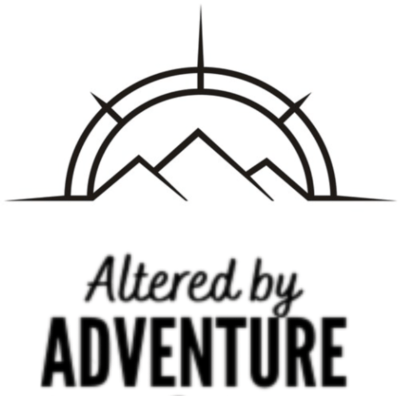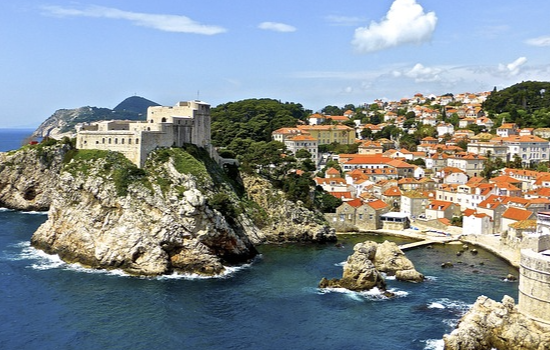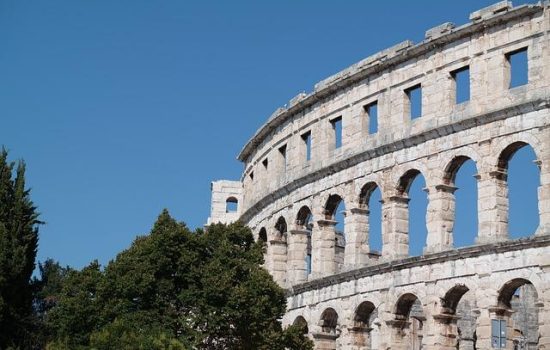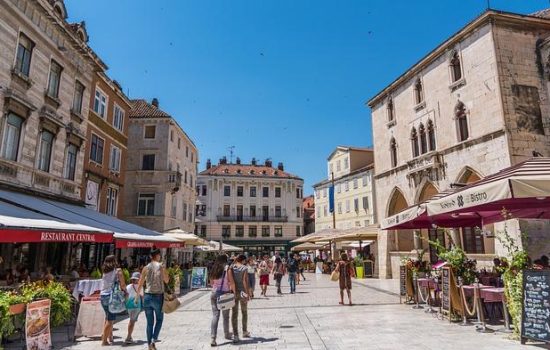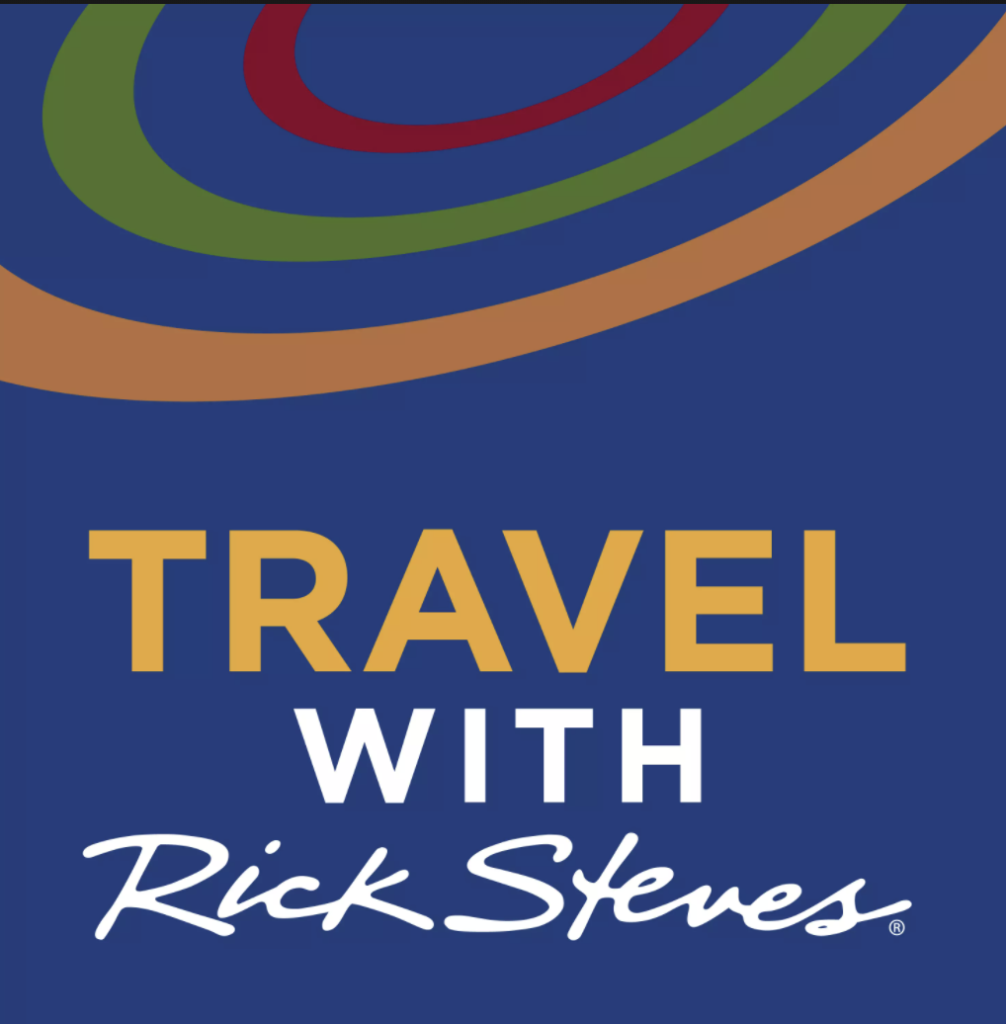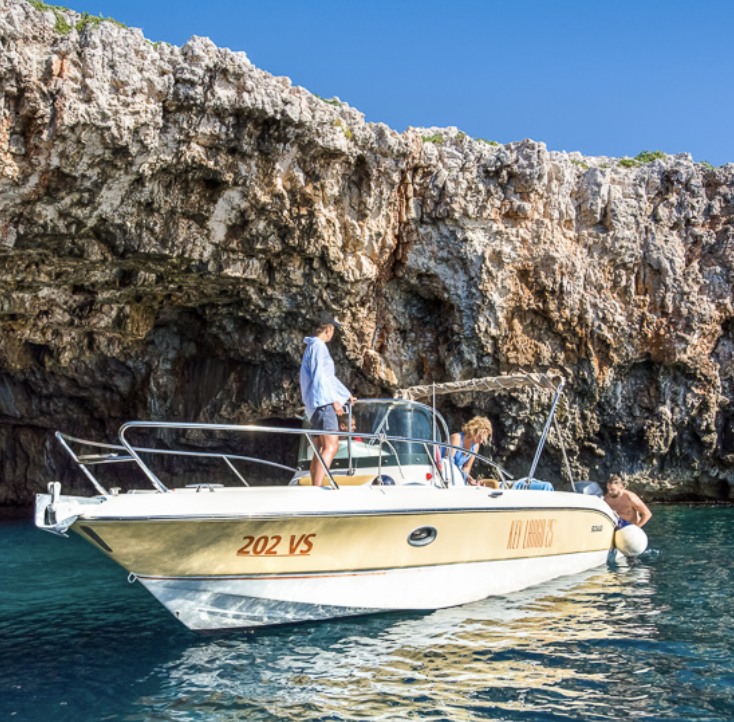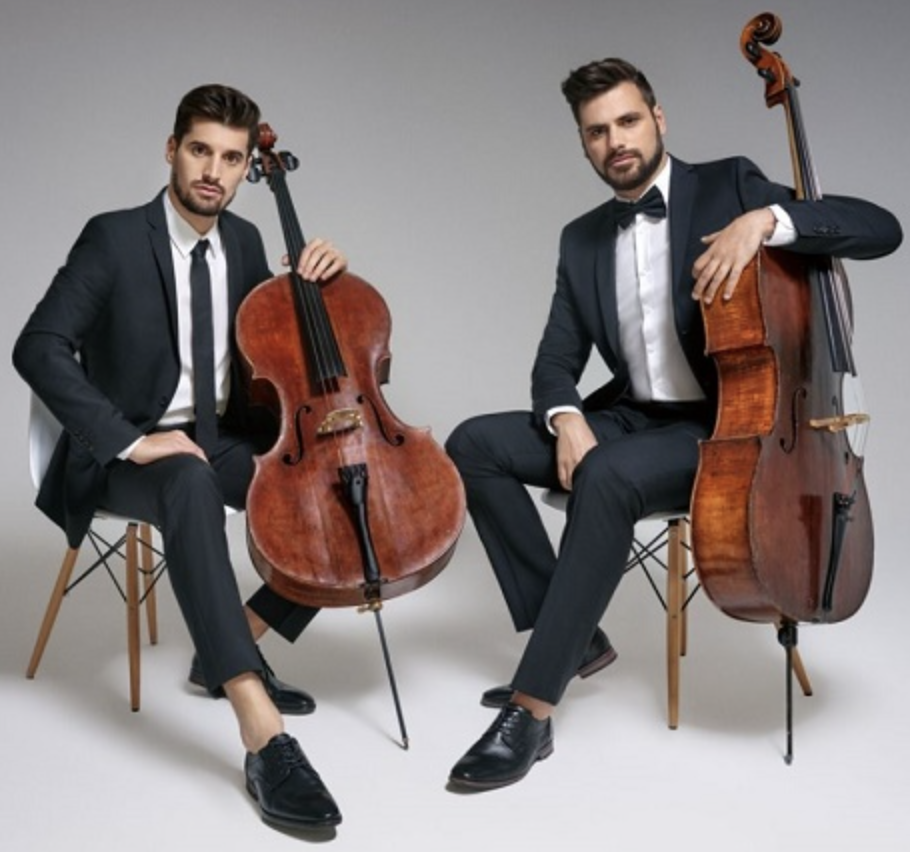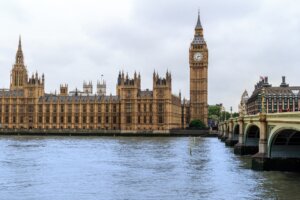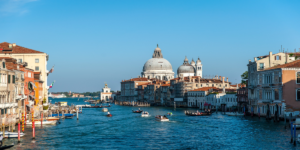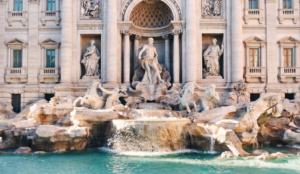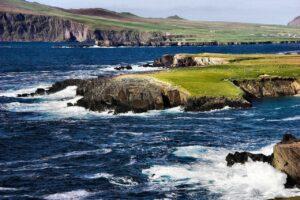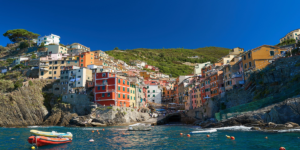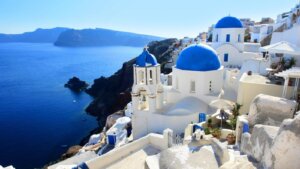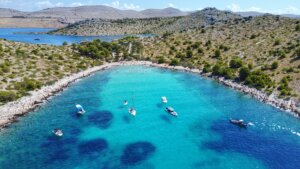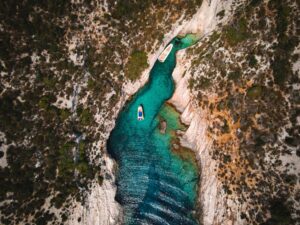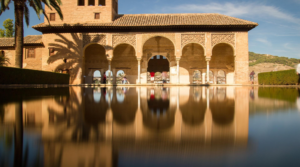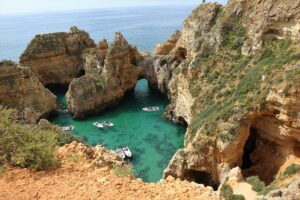
Welcome to Croatia!
*Video Plays Once~Click 1X to Pause

About Croatia
Croatia is a country at the crossroads of Central and Southeast Europe on the Adriatic Sea. It borders Slovenia to the northwest, Hungary to the northeast, Serbia to the east, Bosnia and Herzegovina and Montenegro to the southeast, and shares a maritime border with Italy to the west and southwest. Its capital and largest city, Zagreb, forms one of the country’s primary subdivisions, with twenty counties. Croatia has 56,594 square kilometres (21,851 square miles) and a population of 4.07 million.
The Croats arrived in the 6th century and organised the territory into two duchies by the 9th century. Croatia was first internationally recognised as independent on 7 June 879 during the reign of Duke Branimir. Tomislav became the first king by 925, elevating Croatia to the status of a kingdom. During the succession crisis after the Trpimirović dynasty ended, Croatia entered a personal union with Hungary in 1102. In 1527, faced with Ottoman conquest, the Croatian Parliament elected Ferdinand I of Austria to the Croatian throne. In October 1918, the State of Slovenes, Croats and Serbs, independent from Austria-Hungary, was proclaimed in Zagreb, and in December 1918, merged into the Kingdom of Yugoslavia. Following the Axis invasion of Yugoslavia in April 1941, most of Croatia was incorporated into a Nazi installed puppet state, the Independent State of Croatia. A resistance movement led to the creation of the Socialist Republic of Croatia, which after the war became a founding member and constituent of the Socialist Federal Republic of Yugoslavia. On 25 June 1991, Croatia declared independence, and the War of Independence was fought for four years following the declaration. (Citation: Wikipedia)
A special thank you to Earth by Drone for this amazing opening video.

Country Planning Guide
Map of Croatia
Regions of Croatia
- Istria & Rijeka, northern Adriatic region, most visited region in Croatia, rolling hills, charming hilltop towns, colorful coastal towns, rocky coast, vineyards, and olive groves
- Dalmatia, southern Adriatic region, stretches from Zadar in the north to the Peljesac peninsula in the south, mountains, pebbly beaches, hidden coves and bays, dramatic landscapes, islands, national parks and ancient towns
- Dubrovnik Riviera, southernmost part of Croatia, includes Dubrovnik, history and culture, wonderful architecture, vineyards, citrus and orange orchards, scenic roads, fresh seafood, and lovely beaches.
- Croatian islands; thousand islands, islets, and reefs, small villages, fishing boats, wonderfu beaches, terraced vineyards
-
Slavonija & Baranja few tourists, golden plains, forests, Danube, Drava, and Sava rivers, spicy food, folklore festivals
-
Lika & Gorski Kotar,least visited (except for Plitvice Lakes), mountains and pastures, natural wonders of Plitvice and Risnjak, emerald rivers, streams, creeks and rapids
-
Zagreb Croatian capital, largest town, economic center, river Sava, hills of Kaptol and Gric, buzzing cafes with street-side terraces, lovely restaurants, cool hostels, green spaces, parks, and forests.

Geography Now

What to Know Before You Go

Like many other popular destinations in Europe, the best time to go is May-June and September-October. Croatia is becoming more popular, especially towns like Dubrovnik. If you plan to travel in summer look for other off the beaten path destinations, like some of the islands or smaller coastal towns. There is always a way to make it work if you mix some of the more popular with some of the less visited areas. One thing to keep in mind that if you go to Plitvice Lakes National Park, it is important to get tickets ahead as they only let a specific number of people in a day.

Croatian is based on the Ijekavian pronunciation of the Slokavian dialect (with some influence from Cakavian and Kajkavian) and written with the Croatian alphabet. German and English are the most common second languages. French, Italian, Czech and Hungarian are also spoken. In places like Pula, to the north, the town speaks both Italian and Croatian. Following World War I, Yugoslavia was formed (originally called the Kingdom of Serbs, Croats and Slovenes). Croatia wanted independence and was also the first republic to depart from Yugoslavia, in June 1991. Croats are all about food and family. So take advantage of both. Venture out to meet the locals and partake in the fresh ingredeients and incredible views all around!

Croatia is small and getting around by car is, not only the most comfortable but often the fastest way to get around. They say that Croatia has some of the most updated and easy freeways in Europe and getting from one are to another is quite easy. Also consider taking a ferry between islands and over to coastal towns like Dubrovnik. It takes less than 4-hours drive to reach Split from Zagreb, just over two hours to reach Rovinj, Plitvice Lakes, and Porec , and less than three hours to reach Zadar. One idea is to take an overnight ferry to Italy from places like Split or even catch a day ferry to Venice as part of your journey.

Croatia is becoming more expensive as travellers are finding out more about this incredible destination. There are always ways to save money, though. With some planning ahead, you can find local b&bs and apartments near the water. In Dubrovnik, just walk the streets and be sure to go to the city wall (best in the morning and evening during high season). The views are spectacular! Making the beach or the Plivta Park part of your vacation, will help your budget. Also look for less frequented islands and smaller towns. Finding local experiences is also another affordable way to go.

If you like history and architechture, Croatia is for you. With centuries of occupation from various groups like the Greeks, Romans, Hapsburgs, the influence can be found in the buildings, roads, etc. One of the most well known landmark is the Arena in Pula. It is one of the most well preserved Roman Colloseum, other than in Rome. The amphitheater dates back to between 27BC-68AD. Its location is stunning as it sits next to the sea. Another major attration (and becoming more popular) is the incredible Pilvta National Park, which consist of 16 interconnected lakes arranged in cascades, separated by dams, surrounded by forest. It is important to get tickets ahead of time as they only let in a specific number of visitors each day.

Along the Croatian coast, menus are full of Mediterranean-inspired plates, while the interior near Hungary and Slavonia shares the love for paprika-seasoned foods. In the interior, Slavic influenced by meat dishes, potatoes, root veggies and cabbage. The Istrian region introduces hand-rolled pastas and influences of nearby Italy. Fish is obviously plentiful and the freshest you will find. Sole and Seabass are excellent and, of course, squid is on every menu. In more recent years, wine from the region is gaining in popularity. More boutique wineries and family businesses are making their mark.
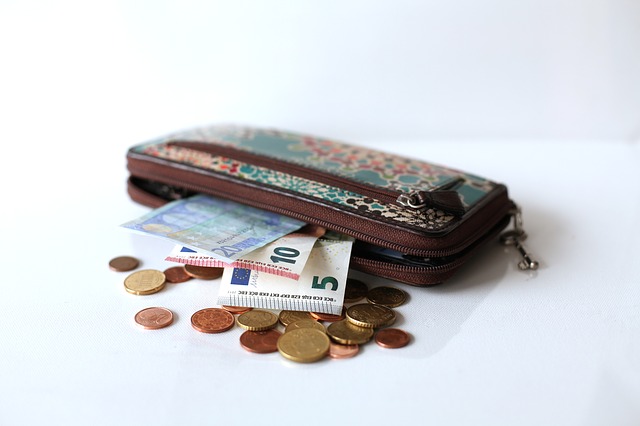
The currency in Croatia is Croatian kuna (HRK), but since Croatia is a tourist country many businesses also accept the euro (EUR) restaurants in Croatia, a 10 percent gratuity is expected on top of the fee already included in your bill. For exceptional service, go ahead and leave 15 percent. At cafés and small restaurants, tipping is less expected.

Because Croatia uses a different outlet type to the US, American travelers will need to purchase an appropriate travel adapter to charge their electronics.
Look for a power adapter with the twin round prongs, which is the Euro standard. Alternatively, any adapter labeled “Type A/B to Type C/F” will be fine.

Top Destinations

Get Inspired - Podcasts, Blogs & Video
10 Amazing Places in Croatia
Rok Goes Around is a Travel Vlogger and former tour guide that offers some great information on the top places to visit in Croatia. Check out his other videos on Youtube.
Amateur Traveler
Hear about travel to Croatia as the Amateur Traveler talks to Kate McCulley from AdventurousKate.com who recently won an award from Croatia for her writing about the country.
Top Islands to Visit
A special thank you to Time Out Croatia for this great video on the islands. Be sure to visit HERE for other videos on Croatia. We suggest you also check out a great blog from Hand Luggage Only on the top islands of Croatia. You MUST check out their Instagram as these travelers share their amazing travelers. You will be blown away.
Travel Advice
Sarah from Royal Croatian Tours has some helpful advice, especially when travelling to Croatia for the first time. Sarah is an expat from Canada living in this beautiful country for ove 12 years. She has some of the most helpful tips as you are beginning your plan.
More Helpful Travel Advice
Sarah has even more helpful tips as you begin planning an incredible trip to Croatia. Be sure to follow their channel on Youtube as well as check out their website dedicated to building custom made tours.
Extra Pack of Peanuts
After visiting Croatia three times over the last five years, Trav and Heather continue to fall more and more in love with this wonderful country. They share their experiences plus great tips. Be sure to click Explore More for more details about their trip.

Get Inspired - Croatian Recipes!

